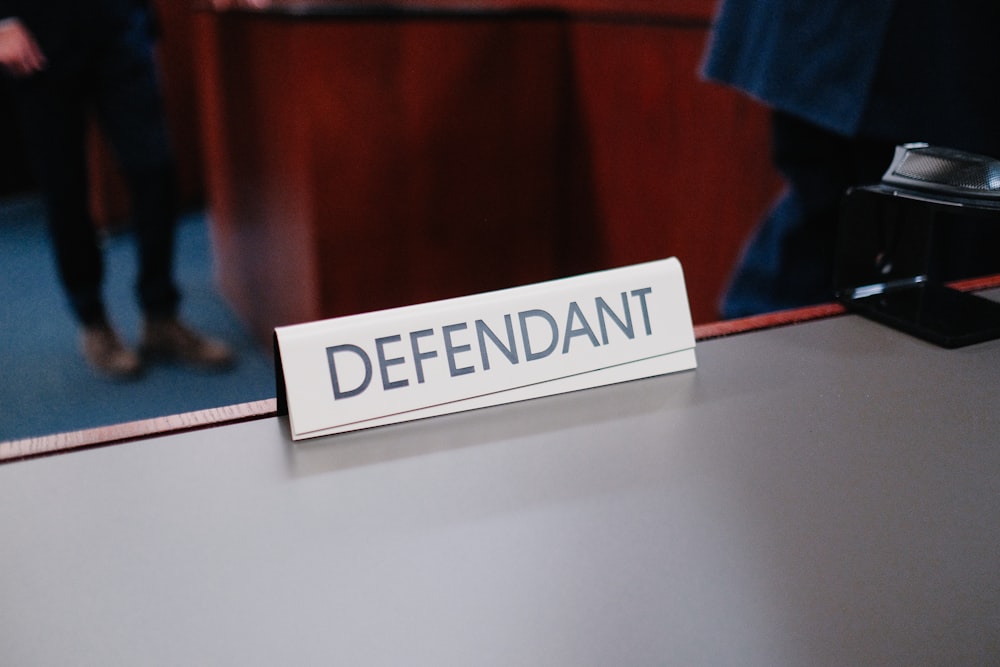Deciphering High Court Rules
Navigating the legal landscape can be daunting, especially when it comes to understanding the intricacies of High Court rules. However, gaining a clear understanding of these rules is essential for any legal practitioner. In this article, we’ll demystify High Court rules, providing insights into their purpose, structure, and practical application.
Purpose of High Court Rules
High Court rules serve as the procedural framework for litigation proceedings in the High Court. They outline the steps and requirements that parties must follow when initiating and pursuing legal actions. These rules aim to ensure fairness, efficiency, and consistency in the administration of justice, providing a structured approach to resolving legal disputes.
Structure of High Court Rules
High Court rules are typically organized into various parts, each addressing specific aspects of legal proceedings. These parts cover topics such as commencement of actions, pleadings, service of documents, discovery, motions, hearings, evidence, and judgments. Additionally, the rules may include appendices containing forms and prescribed formats for court documents.
Initiating Legal Actions
One of the fundamental aspects of High Court rules is the process for initiating legal actions. This typically involves filing a statement of claim or a notice of motion, depending on the nature of the case. The rules specify the content and format requirements for these documents, as well as the procedures for serving them on the opposing party.
Pleadings and Discovery
Once a legal action is initiated, the parties may engage in pleadings and discovery to clarify the issues in dispute and gather evidence. High Court rules govern the content and timing of pleadings, including statements of defense, counterclaims, and replies. They also outline the procedures for conducting discovery, including the exchange of relevant documents and the taking of witness depositions.
Motions and Hearings
Throughout the course of litigation, parties may file various motions seeking interim relief, procedural orders, or other forms of judicial intervention. High Court rules prescribe the procedures for filing and responding to motions, as well as the criteria that judges consider when determining their merits. Additionally, the rules govern the conduct of hearings, including scheduling, presentation of evidence, and oral arguments.
Evidence and Trial Procedure
During trial proceedings, parties must adhere to High Court rules governing the presentation and admissibility of evidence. These rules outline the types of evidence that may be introduced, the procedures for examining witnesses, and the standards for evaluating the credibility and relevance of evidence. They also address issues such as objections, motions in limine, and jury instructions.
Judgments and Remedies
Following the conclusion of trial proceedings, High Court rules govern the issuance of judgments and the determination of remedies. These rules specify the content and format requirements for judgments, including findings of fact, conclusions of law, and orders for relief. They also outline the procedures for seeking post-trial relief, such as motions for reconsideration or appeals to higher courts.
Practical Application
Understanding High Court rules requires more than just a theoretical grasp of their content; it also requires practical application in real-world legal scenarios. Legal practitioners must be familiar with the rules applicable to their cases, interpret them accurately, and apply them effectively to advance their clients’ interests.
Conclusion
In conclusion, High Court rules play a vital role in the administration of justice, providing a procedural framework for litigation proceedings in the High Court. By understanding the purpose, structure, and practical application of these rules, legal practitioners can navigate the complexities of litigation with confidence and competence, ensuring fair and efficient resolution of legal disputes. Read more about high court rules




